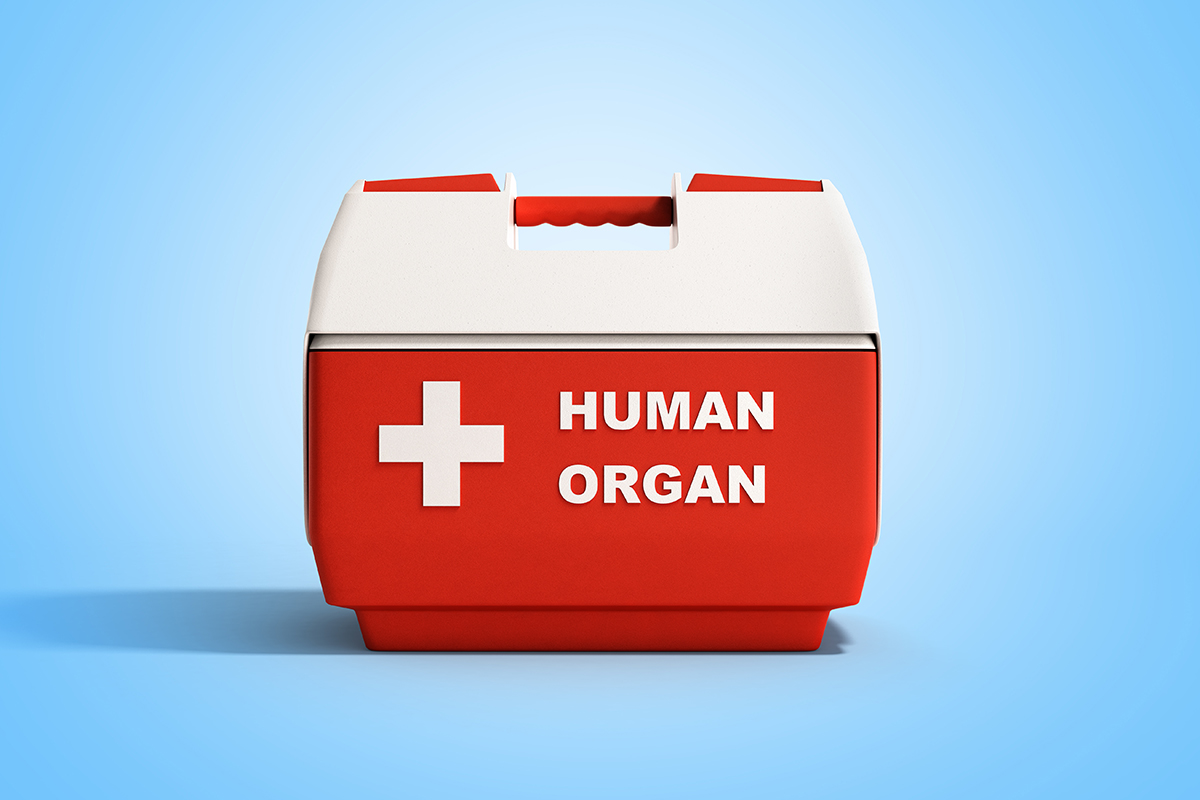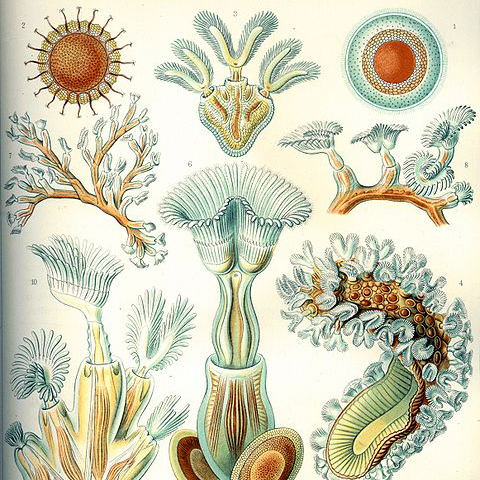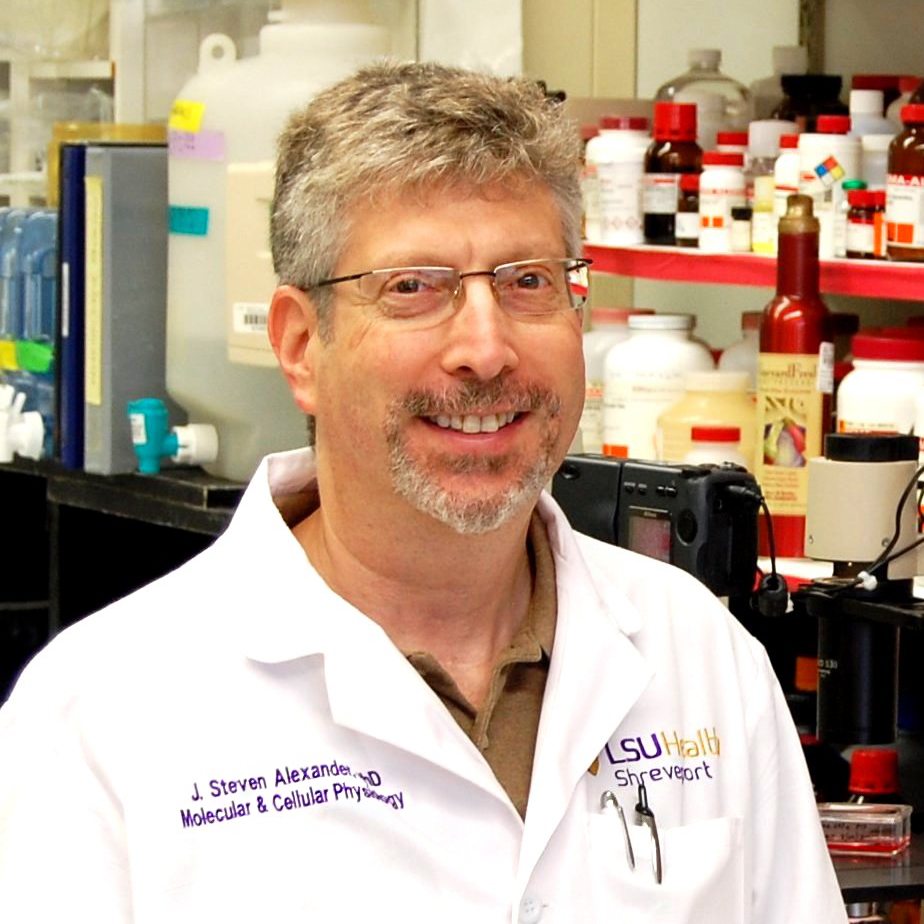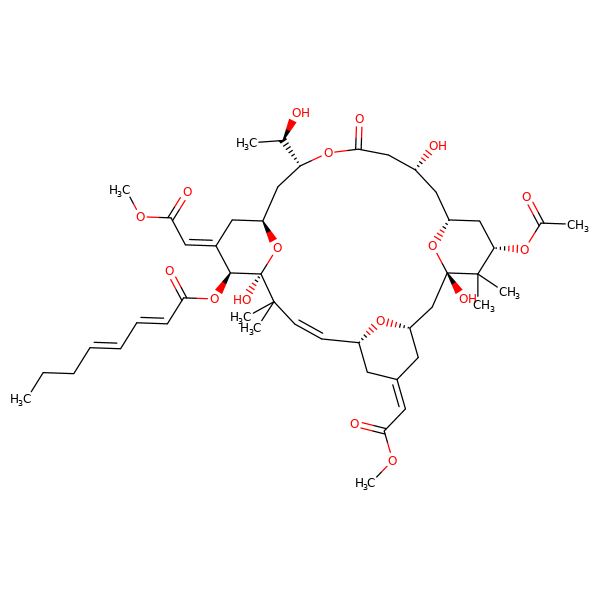Transforming an Invasive Marine Species into a Life-Saving Solution for Organ Transplantation
January 18, 2022
By harvesting, storing, and transporting human organs in bryostatin, extracted from an all-too-ubiquitous and harbor-fouling bryozoan, an LSU Health Shreveport researcher hopes to quadruple the market for organ transplants, get people off wait-lists, and save lives. He’s now partnering with Ochsner in New Orleans on a pilot study and just won the Louisiana Startup Prize.

While all organs suffer as a result of being transferred from donor to host, bryostatin could slow or stop the rapid deterioration that currently limits the geographical reach of all transplant programs.
– Adobe Stock
Baton Rouge—Steven Alexander, Ph.D., didn’t expect his biggest innovation to come from a nuisance he’d experienced once or twice during an otherwise nice swim. In harbors and on rocky reefs all over the United States and around the world, a brown bryozoan known as Bugula neritina is mucking up the works. Often mistaken for seaweed, Bugula clings to boat hulls, docks, and pilings to eventually crowd out other lifeforms. Inside this invasive species, however, lies a natural chemical known as bryostatin, which can bind to and activate the cell-signaling enzyme protein kinase C in both humans and animals. For this reason, bryostatin has been thoroughly studied as a potential cure for cancer, with some success. But that’s not the only use for bryostatin, as Alexander and his research team at LSU Health Shreveport would discover.
In Alexander’s lab back in 2008, a bright doctoral student named April Carpenter—now an associate professor and chair of the Health and Exercise Physiology Department at Ursinus College—was testing several chemicals, studying their effects on blood vessel cells, and found that bryostatin could be a powerful weapon against inflammation since it’s able to control the movement of white blood cells.
“ Bryostatin can be used to persuade the neutrophils [white blood cells] to stay in place instead of rushing to attack, by signaling “False alarm!” ”
Most white blood cells are neutrophils, the first responders of our immune system. Neutrophils, along with sperm, are the fastest moving cells in the human body. They race—through vessels and tissues—toward wounds and infections to kill and consume bacteria, viruses, and fungi. But sometimes, as in organ transplants, neutrophils are too quick to react, too overzealous. They can cause inflammation and injury, instead of the opposite. Neutrophils start attacking any organ from the inside once it’s removed from its donor. And when the organ is transplanted into its new host, the neutrophils in the host can attack with vengeance, sometimes causing the graft, and eventually the organ, to fail. What Carpenter and Alexander realized, however, is that bryostatin can be used to persuade the neutrophils to stay in place instead of rushing to attack, by signaling “False alarm!”
“The inflammation that sets in during the first 24 hours after an organ is transplanted has a major influence on whether any organ will survive long term,” Alexander said. “So, if we can slow or prevent that initial inflammation and calm the white blood cells, we’ll have much better outcomes.”

Bryostatin can be extracted from a brown bryozoan, Bugula neritina, an invasive marine species. Detail from “Bryozoa.”
– Ernst Haeckel’s Kunstformen der Natur, 1904
Importantly, the researchers’ approach does not suppress the entire immune system, which is needed to fight off actual infection and disease, but instead isolates the use and effects of bryostatin to the transplanted organ (the solution can be flushed out with saline before the organ enters its new host, but the technology has so far never been tested in humans or with human organs—only on isolated cells and in pigs).
About 39,000 organs are transplanted each year in the United States. Roughly half are kidneys, many from deceased donors. Meanwhile, 193,000 Americans remain on waiting lists for a kidney transplant, so the need vastly outpaces the supply. And as people live longer, in part thanks to advances in medical science, more of us will see the day when we’ll need “spare parts.”
“It used to be that people who got kidney disease just died,” Alexander said. “There was no dialysis, no transplant option. Today, as we grow older and there are more of us on the planet, the demand for organs is steadily increasing.”
During the COVID-19 pandemic, the number of lung transplants has also been rising, while surgeons and hospitals are severely limited by the number of organs they can get, and how quickly they can get them.
Through a collaboration between LSU Health Shreveport and the Ochsner Transplant Institute in New Orleans, more organs could soon become available. Alexander is collaborating with Ochsner’s Dr. Hrishikesh Samant, a hepatologist specializing in liver transplants, and Dr. Ari Cohen, one of the nation’s leading transplant surgeons, on a pilot study. Together, they will test whether human kidneys deemed unusable for transplant could be prevented from deteriorating by storing them in a bryostatin solution and/or flushing them with bryostatin.
“Today, as we grow older and there are more of us on the planet, the demand for organs is steadily increasing.”
Steven Alexander, Ph.D.
Testing bryostatin on kidneys is indended as an initial step, as Ochsner does a good volume of kidney transplants. However, there is good reason to assume bryostatin could improve the condition and longevity of any transplanted organ, according to Dr. Samant.

The technology Steven Alexander (pictured) and his former student April Carpenter developed at LSU Health Shreveport could soon be put into practice at the Ochsner Multi-Organ Transplant Institute in New Orleans, the highest-performing transplant center in Louisiana, to reduce wait lists and save lives. They are now collaborating on a pilot study.
– LSU Health Shreveport
“A precious gift of life should not be wasted,” Dr. Samant said. “But our whole industry has this problem with transport and time. A liver, for example, can stay outside a human body in a storage solution for up to 12 hours, but every minute, the quality of that organ gets poorer and poorer.”
Steve’s initial studies on bryostatin have been very promising, however,” Dr. Samant continued. “His hard work will likely pay off for our patient population, because early data have shown that not only can our critical time limit of 12 hours be extended by even a single hour—which already would make a big difference—but we’re now looking at 24 hours with no significant deterioration of the organ. That means an organ could travel from afar to us, and we wouldn’t have to worry.”
“Not only can our critical time limit of 12 hours be extended by even a single hour—which already would make a big difference—but we’re now looking at 24 hours with no significant deterioration of the organ.”
Dr. Hrishikesh Samant, hepatologist at the Ochsner Transplant Institute
Ochsner is working with LOPA, the Louisiana Organ Procurement Agency, to send kidneys up to Alexander’s lab at LSU Health Shreveport for testing as part of the joint pilot study. Because of the acute needs among his team’s patients, Dr. Samant is exploring every avenue that potentially could lead to more successful organ transplants. One such avenue is the development of a sophisticated machine that can replicate the human environment enough to “trick” the organ into behaving as if it’s always inside a human body.
“But those machines, as you might guess, are very expensive, even if they’re eventually approved by the FDA,” Dr. Samant said. “Bryostatin put into a solution, however, could be accepted very quickly and widely used—that’s why I’m so interested in Steve’s technology, and excited to see where this will lead. If we can prevent the neutrophils from migrating, we can prevent them from setting off a whole cascade of events that ultimately lead to organ damage.”
“This research could potentially increase the available number of organs for transplant.”
Dr. Ari Cohen, surgeon at the Ochsner Transplant Institute
His colleague, Dr. Cohen, who is the medical director of the Ochsner Transplant Institute and its director of transplant research, agrees.
“This research could potentially increase the available number of organs for transplant,” Dr. Cohen said.
While bryostatin never would be able to transform an already damaged organ into an optimal organ for transplant, it could prevent organs now considered marginal (meaning, less than perfect)—perhaps from elderly or slightly diabetic donors—from deteriorating to the point of becoming unusable. This way, the organ pool could be expanded to include organs we’d normally now dismiss.

Bryostatin can be used to bind, trap, and control the movement of neutrophils (rapidly migrating white blood cells; the immune system’s first responders), which can inadvertently cause damage to transplanted organs as they race to kill what they see as something damaged or foreign, and therefore a threat. The image shows the molecular structure of Bryostatin-1, which is a “large small” molecule at 905 g/mol. Its chemical formula is C47H68O17.
“If we allow organs from less healthy donors that still function just fine—and allow
them to be transported for greater distances and for longer periods of time—this would
make a lot more organs available from all over the place,” Alexander said.
He’s hopeful his new technology soon can be put into medical practice. The FDA considers
transplant solutions to be Class II medical devices, which require thorough safety
studies and testing, but not as extensive as for new drugs. Besides, bryostatin has
already gone through Phase 1 safety studies for other uses (mainly cancer), and is
known to be safe, even when ingested.
In parallel, Alexander continues to explore other anti-inflammatory uses for bryostatin, including to treat Alzheimer’s disease and Crohn’s disease. In 2009, his technology was licensed by LSU Health Shreveport to Aphios, a pharmaceutical company based in Massachusetts that specializes in the development of green biotechnologies to improve human health. Aphios begun extracting bryostatin from the invasive bryozoan in 1995 under a grant from the National Cancer Institute, and is now using it to collaborate with Alexander on new solutions for organ transplantation and Alzheimer’s disease, while also exploring its potential to help reverse HIV latency and ultimately cure HIV.
“Steve’s discovery has allowed us to expand our reach to assist in the cure of critical diseases and to meet high medical needs, such as kidney transplantation.”
Trevor P. Castor, Ph.D., founder, president, and CEO of the pharmaceutical company Aphios
“We realized early on that, in order to solve the problems of cancer and aging, we have to look to nature, marine organisms, and terrestrial plants that have learned how to control cell growth and cancerous mutation, often living for hundreds to thousands of years,” said Trevor P. Castor, Ph.D., founder, president, and CEO of Aphios, who also shares Alexander’s and Carpenter’s 2018 and 2020 patents on bryostatin for the treatment of transplantation injury. “Steve’s discovery has allowed us to expand our reach to assist in the cure of critical diseases and to meet high medical needs, such as kidney transplantation. My dad died of kidney failure, so it’s a very personal issue for me. We’re also working together on a whole new set of strategies for other transplants, as well as advanced therapies for Alzheimer’s disease.”
Along with his LSU Health Shreveport colleague Ricardo Costa, Ph.D., a bioengineer, Alexander recently formed a company, Arganum Transplant Solutions, and won the Louisiana Startup Prize, which matches innovative companies with potential investors and funding.
“Our goal at Arganum Transplant Solutions is to positively impact the lives of millions of transplant patients by providing an all-natural solution that significantly improves outcomes while reducing medical costs,” Costa said. “The Louisiana Startup Prize is a fantastic competition that has connected us with experts on intellectual property, marketing, and business management as well as investors and healthcare experts. Our goal is to perform the first tests in humans in 2022 and bring our product to market shortly thereafter.”